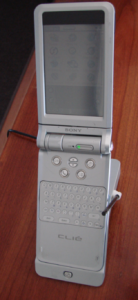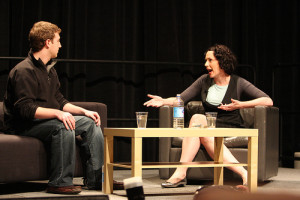March 20, 1916: The Foundation of the General Theory of Relativity
Subscribe! Spotify | RSS | More
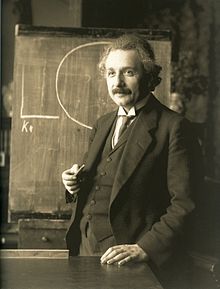
1916 – Albert Einstein sent a paper off to Annelen Der Physik. The paper was called “Die Grundlage der Allgemeinen Relativitatstheorie” – translated as “The Foundation of the General Theory of Relativity”.
The paper included the Principle considerations about the Postulate of Relativity, Mathmatical auxiliiaries for establishing the general covariant equations, theory of gravitational fields, and Newton’s theory as first approximation.
For years thereafter, people studied this theory and tried to prove or disprove it.

Subscribe to Day In Tech History:
RSS Feed - iTunes - Android - Spotify - iHeartRadio
Facebook -
- RSS Bandwidth by Cachefly Get a 14 Day Trial
- Join me on Patreon and support Day in Tech History
- Google Chome adds RSS support
- 3-COM exit strategy of high-end data networking
- Apple 20th Anniversary Macintosh (TAM)




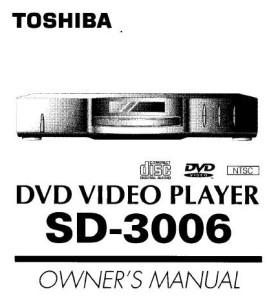

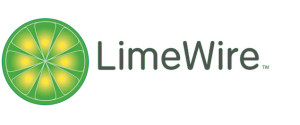

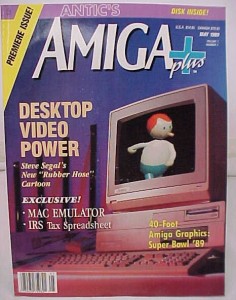

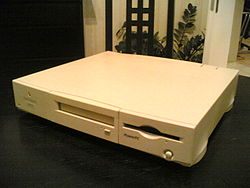


![200px-Sonu_PEG-NR70V[1] Sony Clie PEG-NR70](https://dayintechhistory.com/wp-content/uploads/2019/03/200px-Sonu_PEG-NR70V1-340x250.png)
